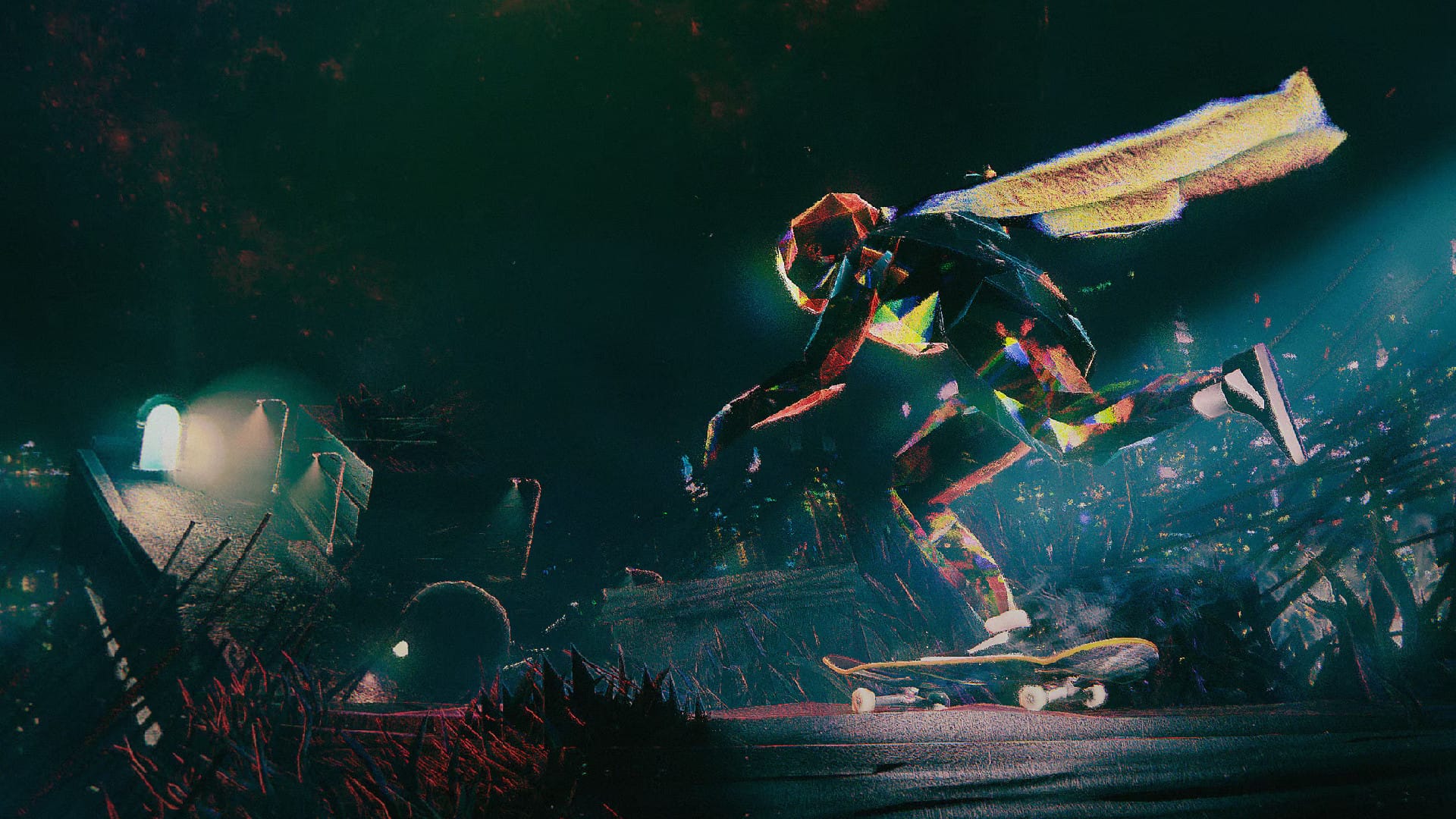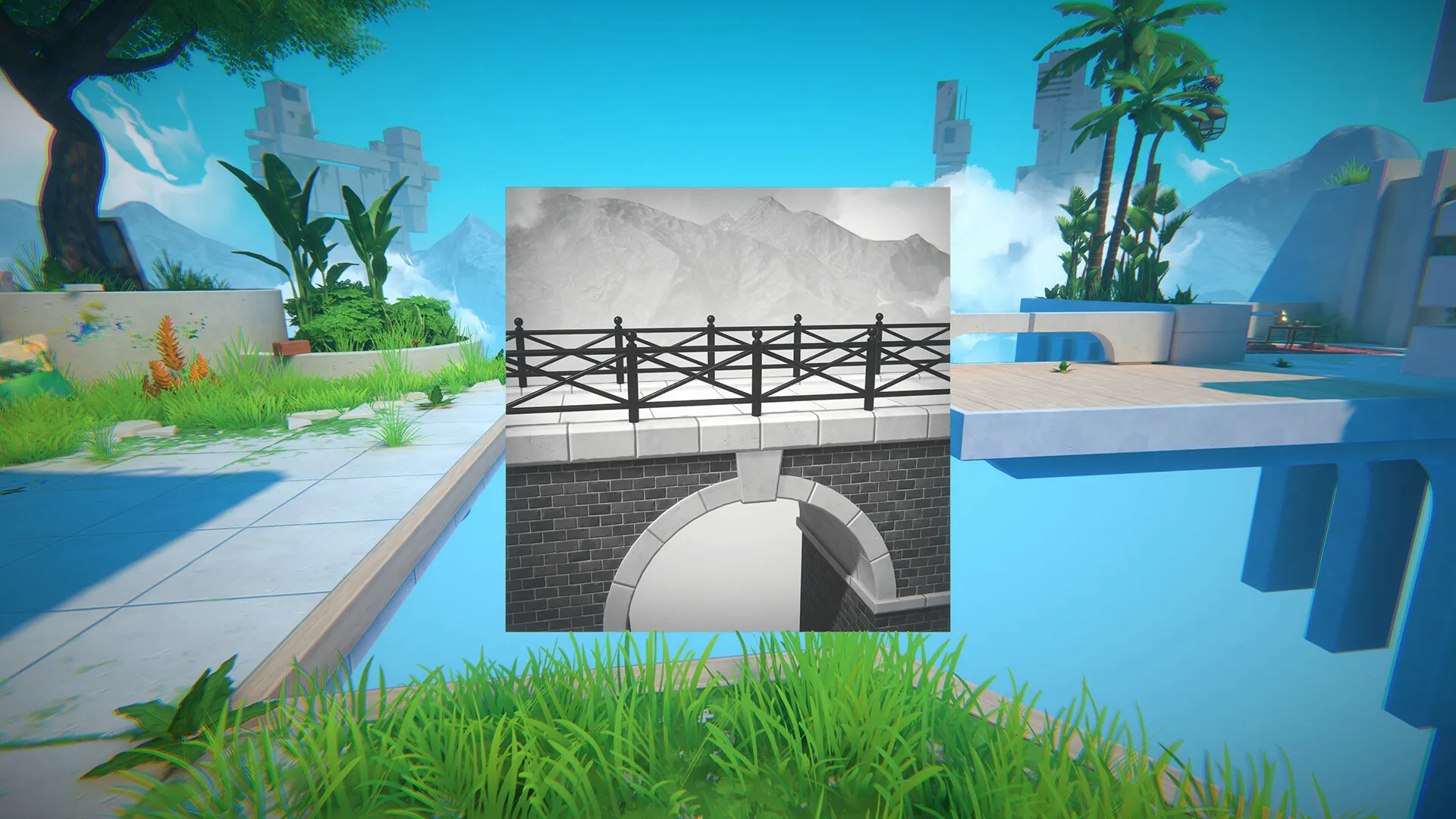The sequel to Pillars of Eternity starts out as about as epic as a sequel can: it’s the aftermath of the events of the previous game, and the player character is on the brink of death after their ship got attacked at sea by the demonic god who you supposedly offed. Having had a little tête-à-tête with an entity that’s more than keen on reviving you and setting you lose on Deadfire Peninsula to go after your nemesis turned rampaging giant, but not before giving you a chance to rebuild your character and decide on what you want to carry over from the first Pillars of Eternity, if you’re not loading in a clear game save that is.
Pillars of Eternity II: Deadfire is about as open as an old school isometric RPG can be, which is good, because I couldn’t imagine a pirate game like this being anything but free range on the open seas. As the captain of a plucky little ship that you can gradually upgrade to something more formidable, you can sail pretty much anywhere as soon as you’re given control to your character. While that sounds awesome at first, it might not be the best course of action to take right away, because the open seas are home to some fierce enemy pirates who are more than willing to sink your ship at a whim. Instead, following the story for a bit and sailing to safer ports should net you better results.
At the outset, that openness is pretty daunting, considering just how big Deadfire’s map is, but thankfully there’s plenty of reason to uncover it all. The main story, side quests and wanted missions task you with exploring every nook and cranny of the game’s world, and even if you do end up running into some of their objectives on your way without having its respective quest, Obsidian was clever in letting you claim credit once you do pick it up, which happened more than once for me. “Oh, you needed this ogre who just happened to cross my way when exploring a lush jungle in the middle of nowhere? Great! Here’s his head, I’m glad I did it beforehand!”. It’s the kind of issue that usually results in running back and forth from quest giver to objectives and the other way around, something quite common in open-world games that give you free reins right away that I’m glad Pillars 2 doesn’t suffer from.
I was never that huge of a fan of the original game’s combat system because it felt too complex for its own good, as it gave me way too many options right away that I didn’t really know what to do with. Deadfire attempts to make things simpler by shepherding players into picking single classes if they’re new to the series, as well as programming a better AI scripting system for party members, and while that’s all fine and dandy, it wouldn’t do much in making things more fun to play around with if skills were just as complicated to deal with as before. In some ways, I didn’t run into that issue a lot while playing this sequel. Surely, as I leveled up and was pushed into picking up new skills at higher skill ranks, things got a little more granular as to just what kind of characters I wanted to build my party members into. My mind set ended up being that I would stick to the style of play that I’ve come to rely on when playing party-based RPGs and focus characters on basic, specific roles that aren’t inherently varied or even multi-purposed, but served their jobs well, like tanks, DPS, stealth and ranged-focused characters that ended up having more reason to bring along than their individual side stories. Plus I wouldn’t end up stuck with a misshaped cog in my party composition in case I wanted to vary things up a little.
Then again, if you tend to get overwhelmed by interlocking game systems and RPG mechanics, you’re not likely to have an easy time playing Pillars of Eternity 2 at the normal difficulty setting. Knowing my time trying to play the first game that way, I knew right away that I wanted to make things go smoother this time, and just ended up picking the second difficulty setting after relaxed. It proved to be the best choice since the game doesn’t exactly pull any punches even in this setting, but isn’t particularly evil when it comes to combat encounters. So far I’ve fought all kinds of enemies and have managed to come out mostly on top, with some welcome challenge every now and then. Still, if you’re a glutton for punishment, PoE2 features the same difficulty options as before, including a permadeath mode for when your characters go down, which I honestly can see myself playing anytime soon.
As far as story goes, Deadfire’s is decent. The many thrust of your travels, picking up on the trail of a giant rampaging god is certainly good on its own, but I feel that it’s in the side content that this sequel truly shines, with some of the most fun and interesting writing I remember seeing in an Obsidian game since Fallout New Vegas. Returning characters are given plenty of background stories of their own to feel fresh again, and new faces end up falling quite naturally into the fold when they join up with you. I can’t help but not love some of them, like the sometimes arrogant but ultimately likable water sorcerer who just happens to be able to turn into a shark during fights thanks to me speccing him as a druid, or the ranger islander who has a predator bird pet that is more than what meets the eye (I’ll keep that bit all hush-hush, it’s really cool!).
The world building is this game is top notch, with some clever homages and turns on ancient real world cultures, such as the aforementioned islanders, who give off a Polynesian feel mixed with the Latin undertones of the more European vibes that come off the more mercantile-focused explorers you run into in the course of the game. Unsurprisingly, it was weird hearing some of the choice words the writers decided to pick out from Latin how the dialogue, but neat nonetheless.
In that regard, it was extra fun to get to listen to voice acting for every single line of spoken dialog during the game. At the beginning moments of Deadfire, you’ll also get some dramatic reading of the expository lines of writing as well, but that goes away once the game keeps going. Otherwise, every other line is performed quite well by the cast, with some recognizable voices to boot, including Matthew Mercer, who lends his tones to McCree from Overwatch, and The Last of Us’ Ashley Johnson. All in all, every actor does a great job in portraying the merry sorts you’ll bump into.
I felt quite at home playing Pillars 2 mainly because I’ve had some experience with the older kind of RPGs, but it’s also due to how detailed but at the same time classic the game’s visuals are. Having had played many an isometric game back in the day — hello, Commandos — that had gorgeous 2D turned 2.5D backgrounds and art, it was really easy to just feel incredibly nostalgic playing a gorgeous looking game like this in 2018. I can’t really say the same about the characters, which look a little weird zoomed in, something that Obsidian’s last game, Tyranny, didn’t suffer from.
Whether or not you’re an old school isometric RPG fan, there’s plenty to enjoy in Pillars of Eternity 2. If you come in knowing what to expect, that is, more of what made the first Pillars of Eternity so special, you’ll certainly find more of it to bite into in this sequel. But if you’re completely new to the series, it might be worth watching a refresher or two on the lore or even playing the first game before dunking in. Regardless of where you’re coming from to port, Deadfire is a tremendously fun pirate-y adventure that does an admiral job of rekindling the fire of the older style of Western role-playing game.








